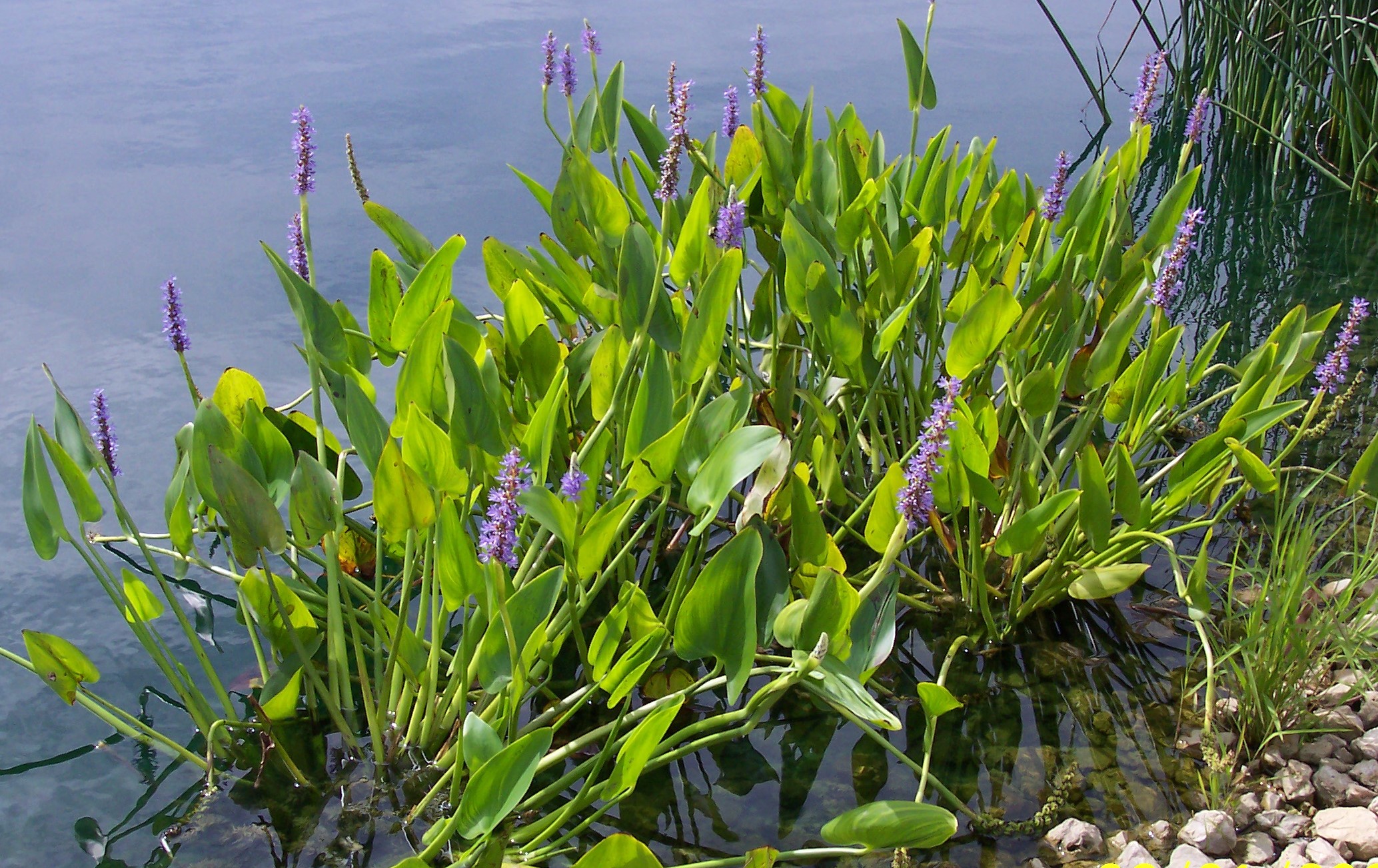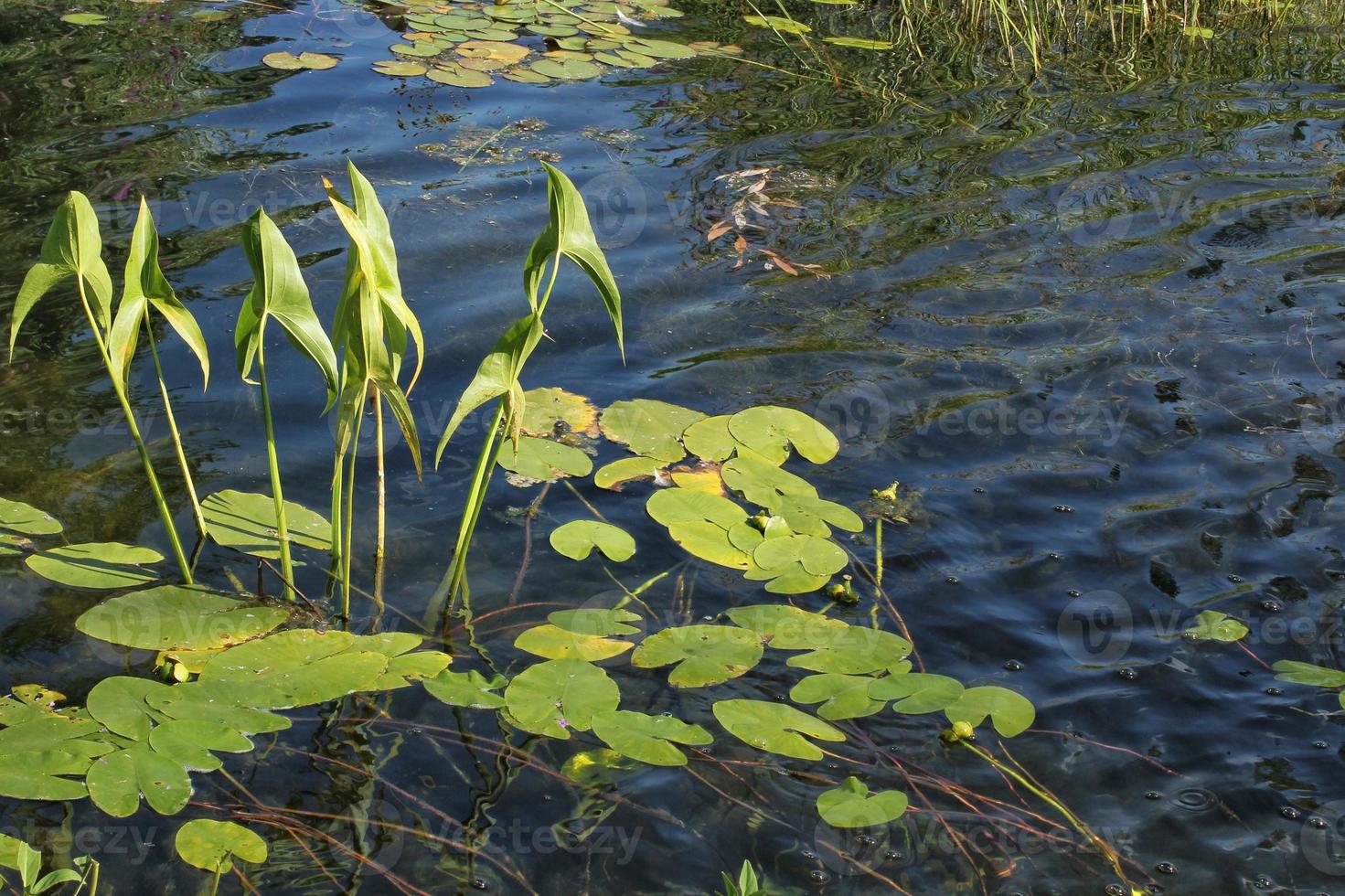Wetland Plants Explained: Key Types and How They Support Ecosystems

Forget everything you’ve been told about planting wetlands being a matter of “grab some native seeds, keep the soil wet, and let nature do her thing.” That’s the fast-track to a mucky patch of disappointment. After digging in swamps (sometimes literally) for over a decade—watching both glorious comebacks and embarrassing failures—I can promise you: most wetland advice out there is oversimplified, romanticized, and flat-out wrong for anyone craving genuine results.

Wetland Plants: More Than Water-Loving Greenery
Let’s start with the biggest misconception. People treat wetland plants like specialty garden perennials you just “plug in” around the water. But true wetland species are renegades. These aren’t delicate posies—they’re opportunists, strategists, and sometimes outright thugs that will wage war against each other (and your best intentions) to claim territory.
I learned this the hard way on my first project back in spring 2015, when I bought $400 worth of beautiful blue flag iris (Iris versicolor), thinking they would thrive along my leaky pond edge. Within three weeks? Choked out by aggressive soft rush volunteers from a neighbor’s property (those sneaky runners crept underground faster than I could blink). The irises barely reappeared the next season—a $400 lesson in how nature ignores your plans.
The Contrarian Wetlands Starter Pack: Don’t Plant, Facilitate

Traditional tip: Pick native species matched to your site and fuss over them.
Contrarian approach: Make your site so irresistible that local wetland plants colonize it themselves—no nursery order necessary!
If you have standing water or reliably soggy soil for just part of the year, mark those spots instead of fighting them. Here’s what has worked better for me again and again:
-
Disturb the Soil—On Purpose: In 2019, after reading an obscure paper on secondary succession in marshes, I tried scraping away weedy topgrowth on my soggiest section instead of planting anything. By July, smartweed (Polygonum pensylvanicum) and rice cutgrass (Leersia oryzoides) had carpeted the area—species I’d never managed to establish through purchased plugs.
-
Flood…Then Wait: Most tutorials say to maintain constant moisture during establishment; mine says do nothing if summer dries up. Wet-dry cycles create an open window for dormant seed banks buried under decades of grass or farm crops to erupt into life.
-
Skip Cattails at First: Everyone loves cattails until they realize those fluffy monsters will evict everything else within two years unless rigorously controlled. Instead, opt for sedge-heavy mixes like Carex stricta, which build hummocks that resist takeover by monocultures.
Failed First Attempts: My Invasives Mistake
Once I followed a textbook list (thank you, government handouts!) and enthusiastically planted reed canary grass (Phalaris arundinacea) because it said “excellent cover.” By fall it had spread twenty feet in all directions—and took two full seasons plus $1200 in labor to suppress with repeated cutting and solarization mats from Dewitt Company (don’t trust cheap plastic).

Sensory Details Matter (Because Swamps Are Messy)
You haven’t really started a wetland until your boots ooze black muck halfway up your ankles and red-winged blackbirds scold you from overhead as if you’re trespassing on sacred ground.
Real wetlands don’t smell like fresh-cut lawns—they smell earthy; sweet one day after rain but metallic another when anaerobic bacteria get busy below stagnant pools.
Listen—the staccato slap of frog legs as they dive; hear the burbling whirl from dragonfly larvae wriggling under duckweed mats; hiss as wind combs through sedges rather than suburban grass blades.

The Real Key? Embrace Chaos Over Control
Here’s where conventional wisdom breaks down: stop aiming for tidy rows or symmetry.
Wetlands demand experimentation:
- Instead of buying expensive plug trays en masse ($8–$12 per plant adds up fast!), salvage divisions from local ditches or ask restoration teams if you can rescue sprigs before mowing crews steamroll highway margins.
- Test small experimental patches rather than overhauling an entire shoreline at once.
- Document what emerges uninvited each spring—you’ll notice Rushes piling into puddles; smartweeds staking bold claims after floods; spontaneous sunflowers gracing unexpected dry stretches at midsummer.
Every failed patch is feedback: what grew last year that didn’t survive? What volunteer arrived that now buzzes with bees?
Contrarian Roadmap To A Thriving Wetland Patch
- Inventory First—Don’t Buy Yet: Spend two rainy seasons listing every plant growing wild nearby before spending a dime.
- Disturb Selectively Each Spring: Scrape back built-up grass/leaf litter right after thaw but before big rains hit—that triggers seedbank responses far more diverse than any nursery tray.
- Only Introduce If Gaps Appear: After six months without diversity creeping in, plant only small batches (<10) of locally-sourced natives like Pontederia cordata (pickerelweed) or Sagittaria latifolia (arrowhead).
- Celebrate “Failures”: Take photos when wild mint invades—then taste it! Laugh when ducks flatten your new seedlings; next season build simple twig fences ($10 in materials) to buy time for roots to anchor.
- Let It Evolve: Stop pruning edges obsessively—the best buffer zones look unruly because they are constantly hosting experiments by nature herself.
- Share Your Story: Post updates with real numbers (“After three years, 14 new native species appeared without planting!”); trade divisions with neighbors instead of mail-order boxes covered in miles of plastic wrap.
When To Break The Rules
Sure—sometimes you want control (front-yard rain gardens deserve polish!). But at least part of your wettest patch should be given over to wild improvisation—you’ll be amazed at what pops up when you loosen your grip and let ancient processes take charge.
Wetlands work because chaos reigns; diversity wins not by design but by letting go enough times that resilience finds its own way forward.
That’s why every spring as my boots fill with icy water and coyote pups yip somewhere beyond viewlines—I remember: my job isn’t just to plant pretty things near puddles—it’s to set the stage so nature herself becomes one magnificent collaborator in all things damp, messy…and beautifully alive.



